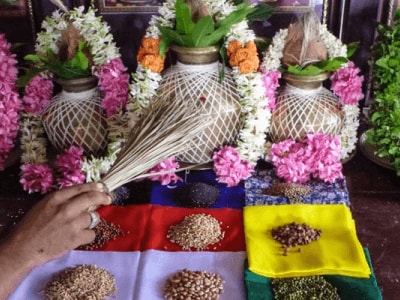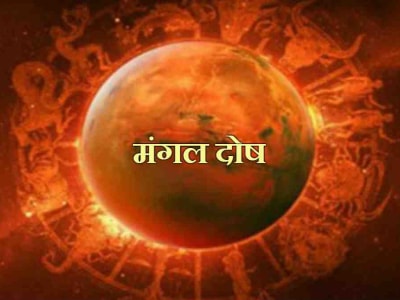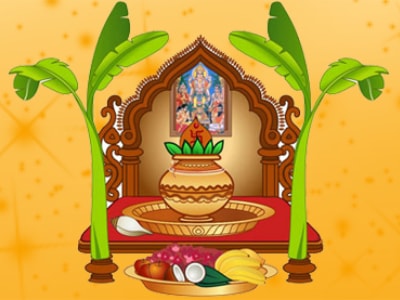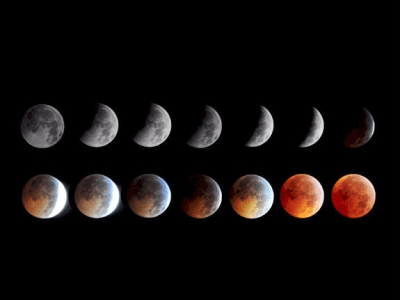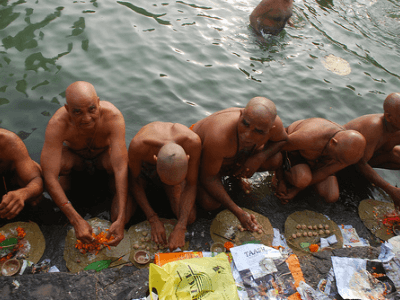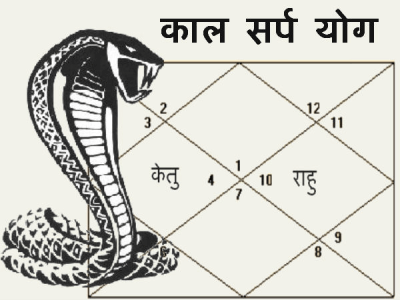For Kids and newborns:
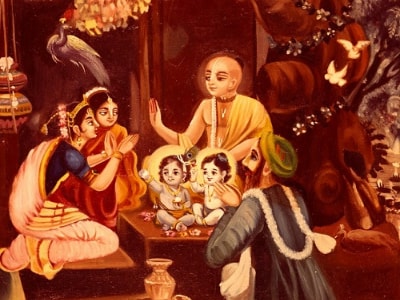
Namkaran Puja is of utmost importance amongst Hindus. It’s one in all the first spiritual Puja that everybody participates as a child. The word Naam means that Name, and Karan means that to create or to effect; thus, the word Namkaran means that to decide and impact the name of a brand new born kid. The ceremony is presided by a priest during which all the members of the family get along for a joyous celebration to welcome a new member in the house.
Vedas and Sutras give certain tips that are to be followed whereas naming a child. For e.g, Grihya sutra states that a baby be named as per following :
- A name ought to be simple to pronounce and sound pleasant
- Should indicate the sex of the child
- Should signify the stature and social standing of the family
- Should contain specific range of vowels and letters as per the sex of the kid.
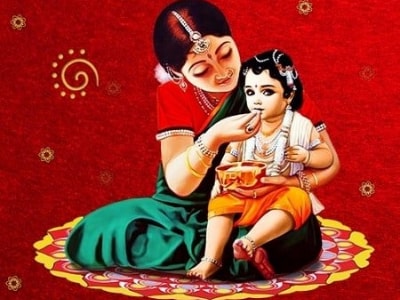
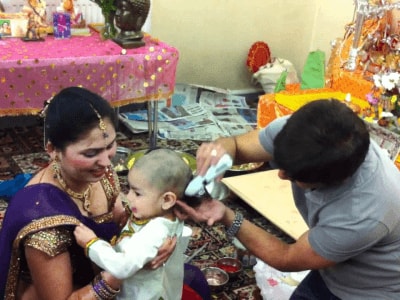
Mundan Sanskar is an important ceremony in Hindu community. This is the first ceremony of the child in the family and this is considered as the purification ceremony and for blessings from the ancestors. The Mundan ceremony is performed on first year or the third year after the birth of the child. Mundan protect the child from the wicked eye and purifies him. Mundan ceremony, a significant event in Hindu community is celebrated in great joy. This is a purification ceremony for the kind and protects the kid from all evil. This ceremony is also a respect to the ancestors and seeks their blessings.
Symbolically the carrying out of the mundan ceremony or the first time shaving of baby hair signifies that the undesirable traits of the last life are left behind and the child can begin a new life. It is a thousand years old tradition that is still being followed in almost all parts of the country. It is a big celebration time for the family. After the mundan ceremony a small tuft of hair is left on the head. It is called the shikha which protects the brain. The length of the sikha depends on the gotra and other traditions of the family. The mundan ceremony is common for both girls and boys.

Performing the first birthday ceremony is a very important thing the life of the child. It is usually celebrated in the first year of the birth of the baby on accordance with the same birth star in which he/she is born in the same year of birth.
The main reason to perform this birthday ceremony is that to remove the early birth sins and the contacts the baby held with the early birth. It also intends on clearing the various sins and such things completely from the body. For that, the priests uses the kinds of sticks that will evaporate such things from the body and by removing poorva jenma sins and the baby is free from sins and made free to live his/her life at present.
After that the prayers of the ayushyahomam are being started. The ritual includes the three priests who pronounces the spells with the great devotion to awake the brahma devar and by giving the child, the wishes of god and also the further blessing from his birth natchathiram and the baby’s kula deivam.


